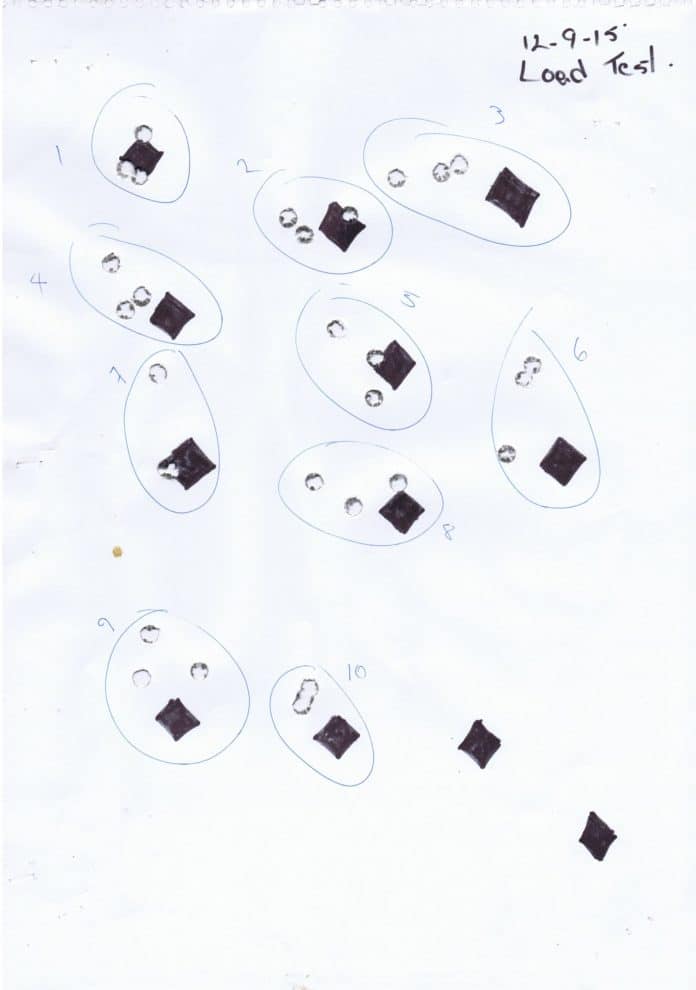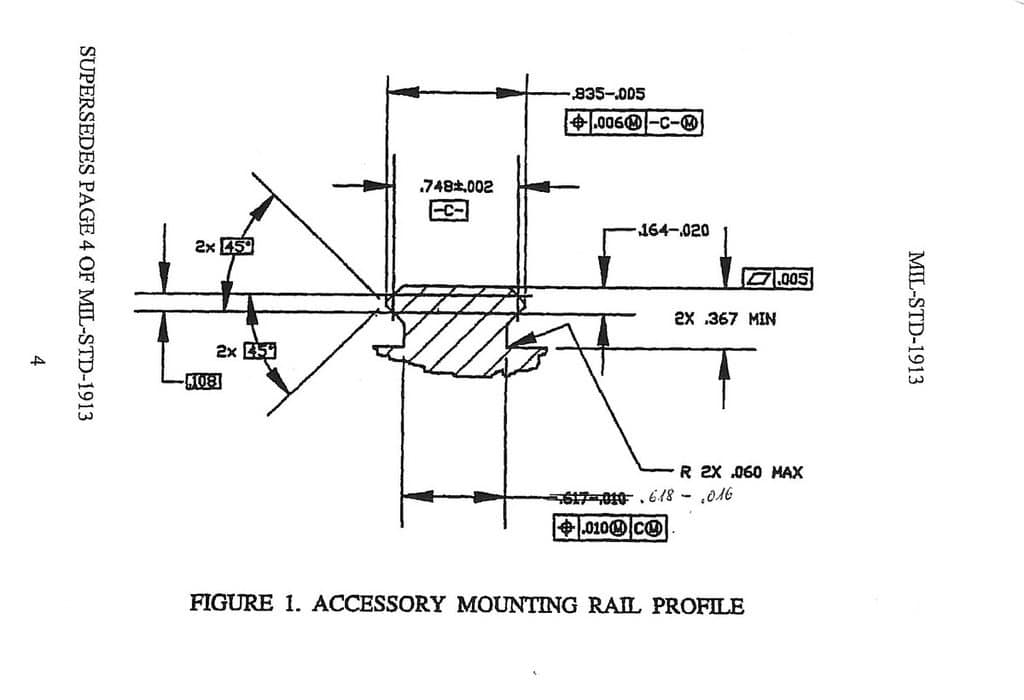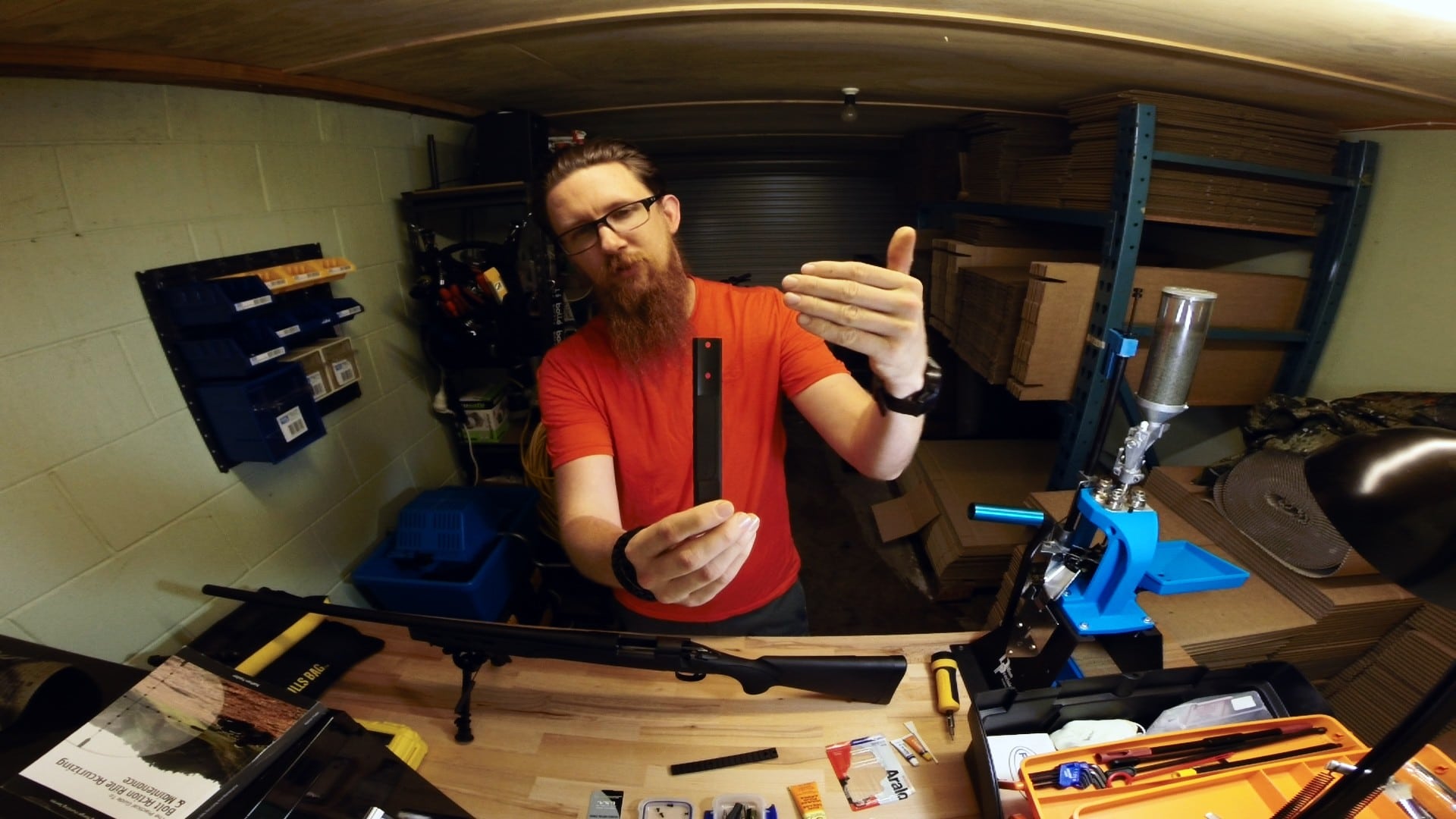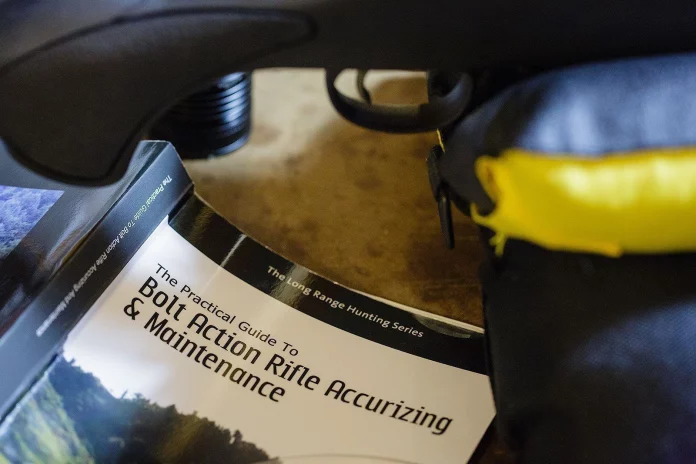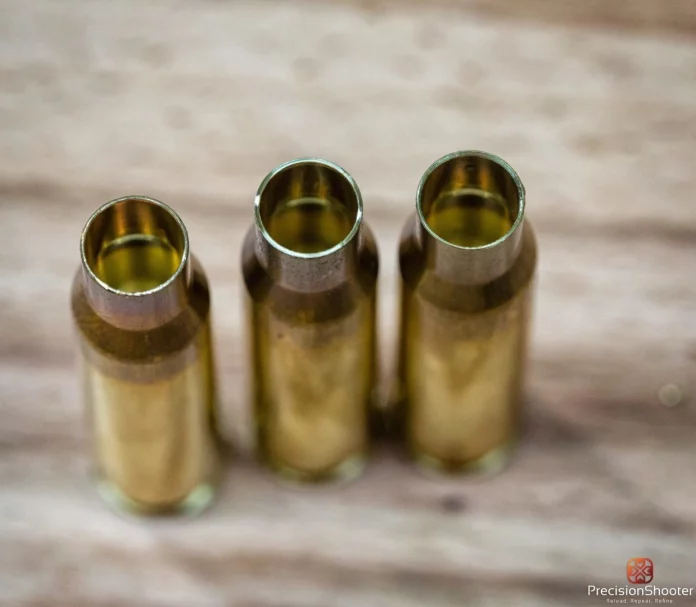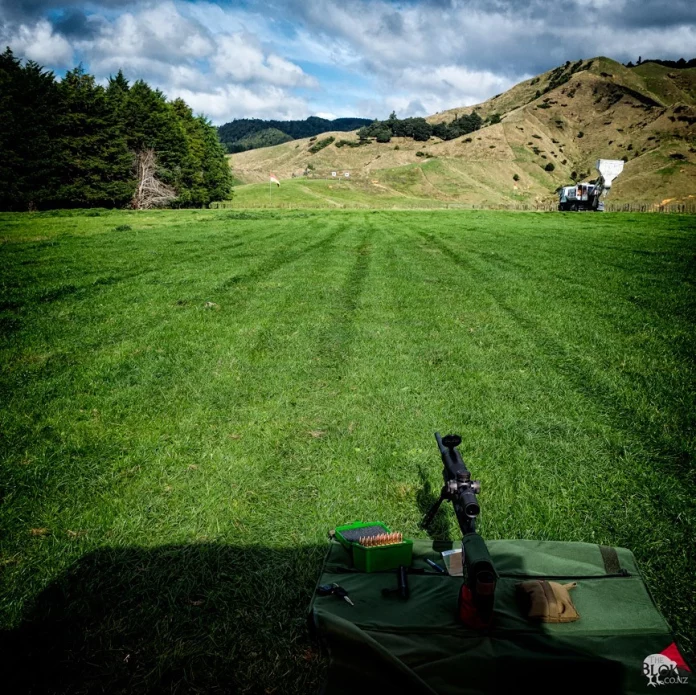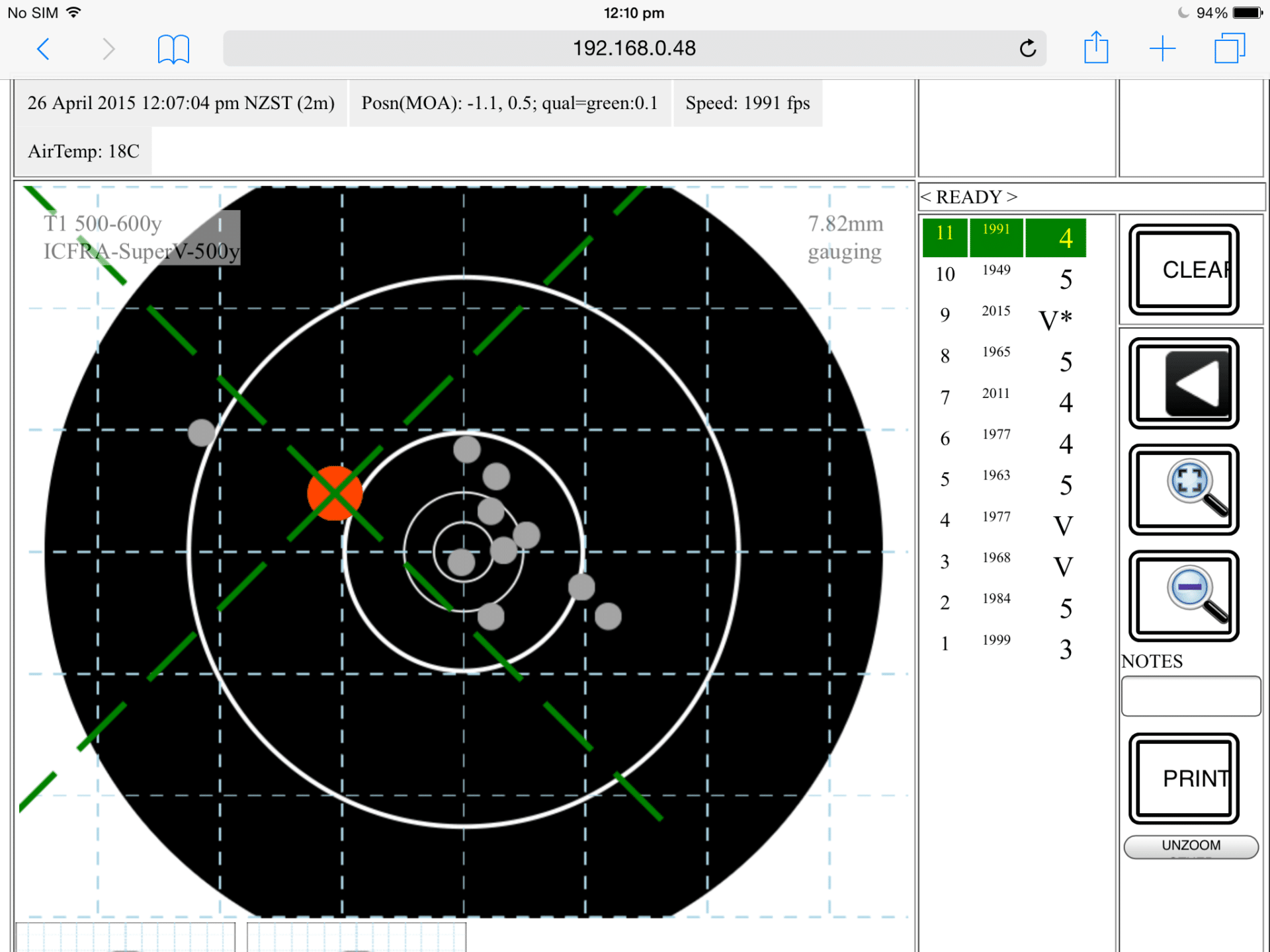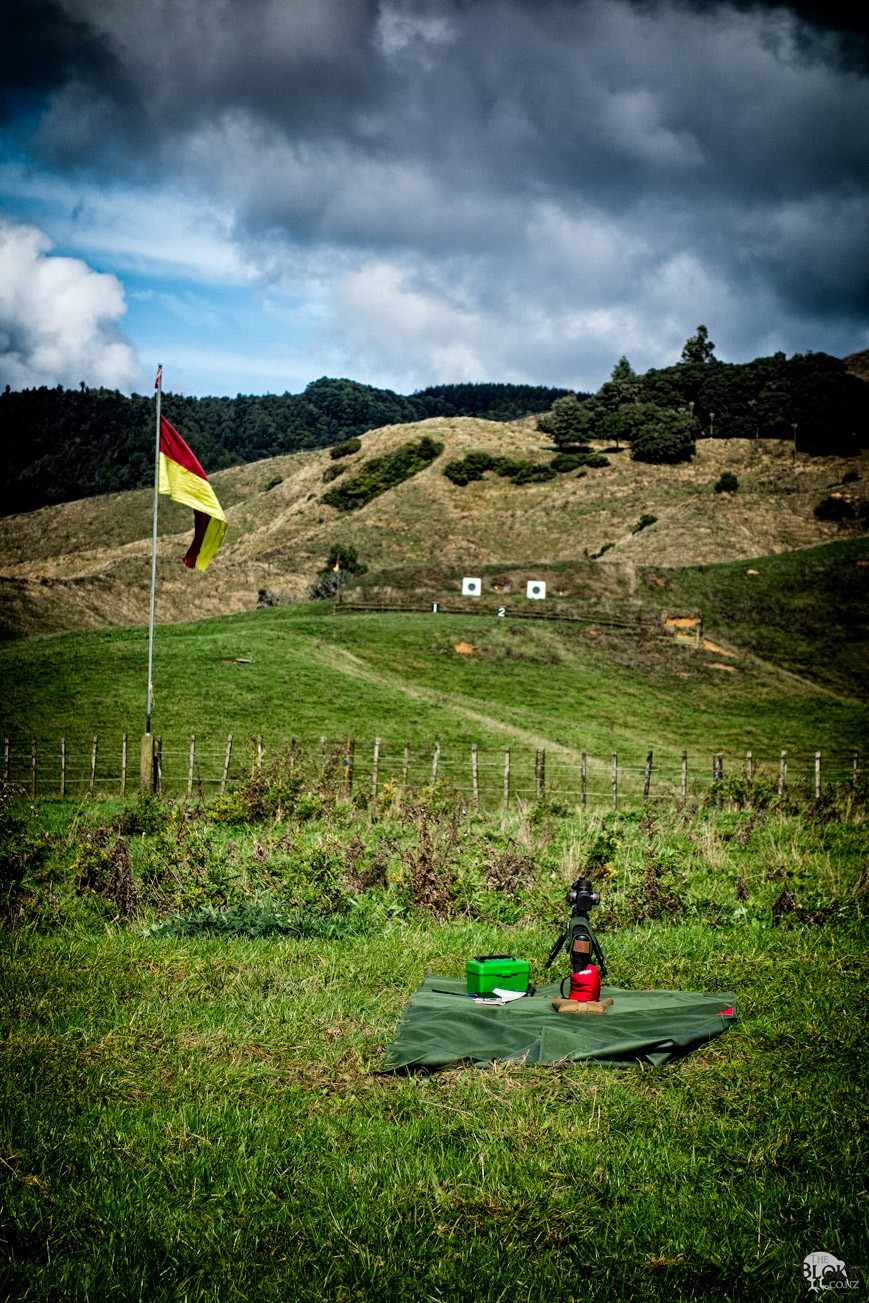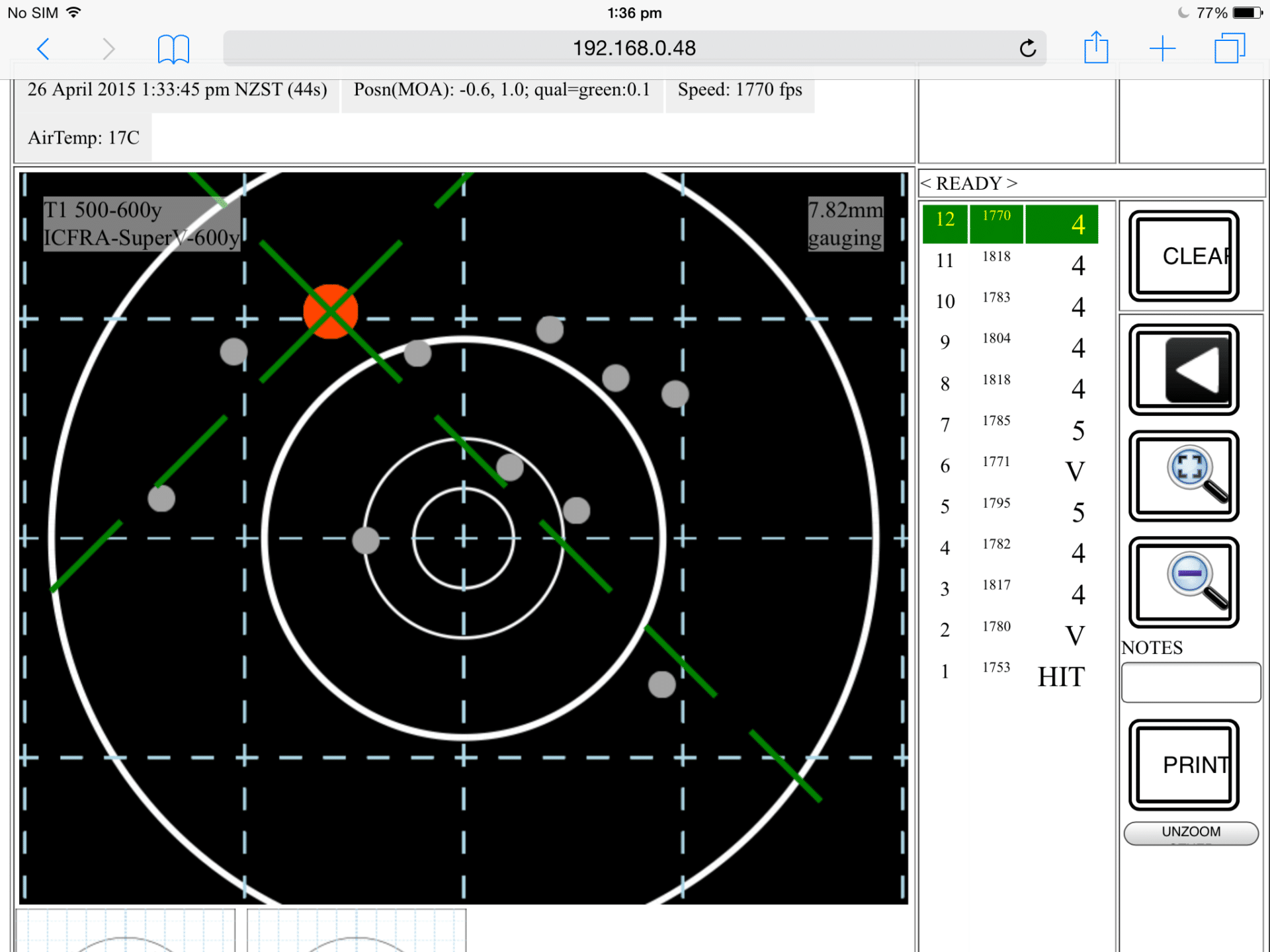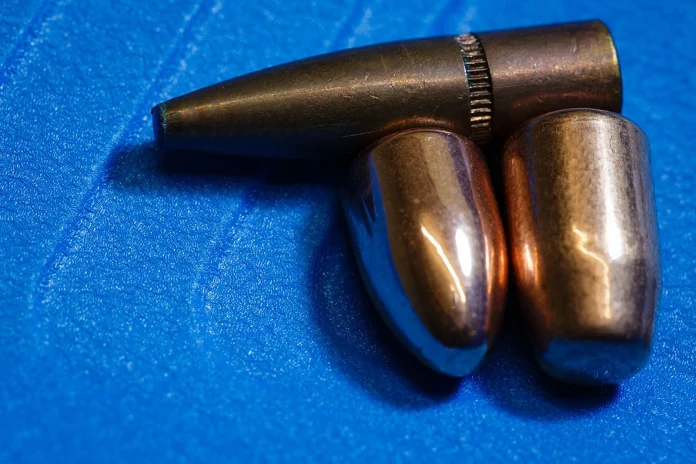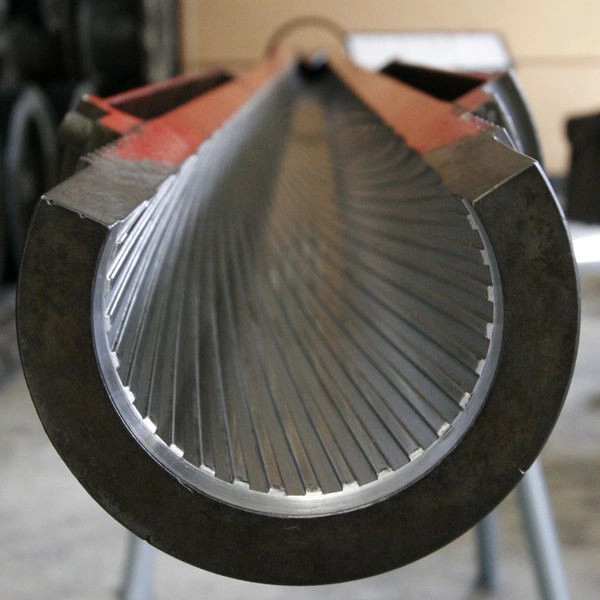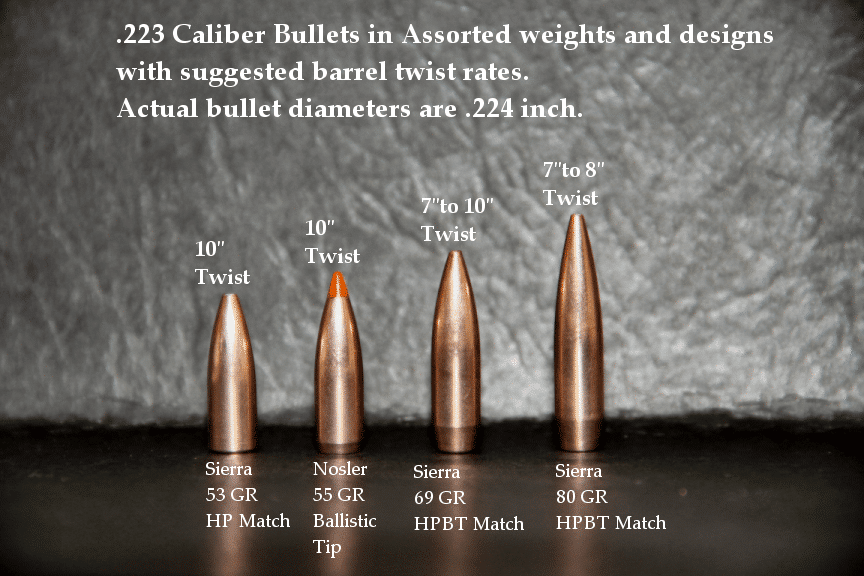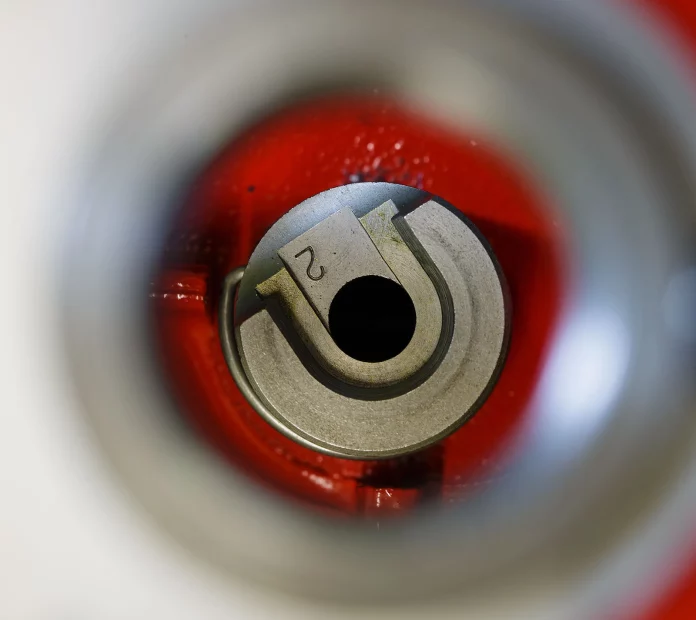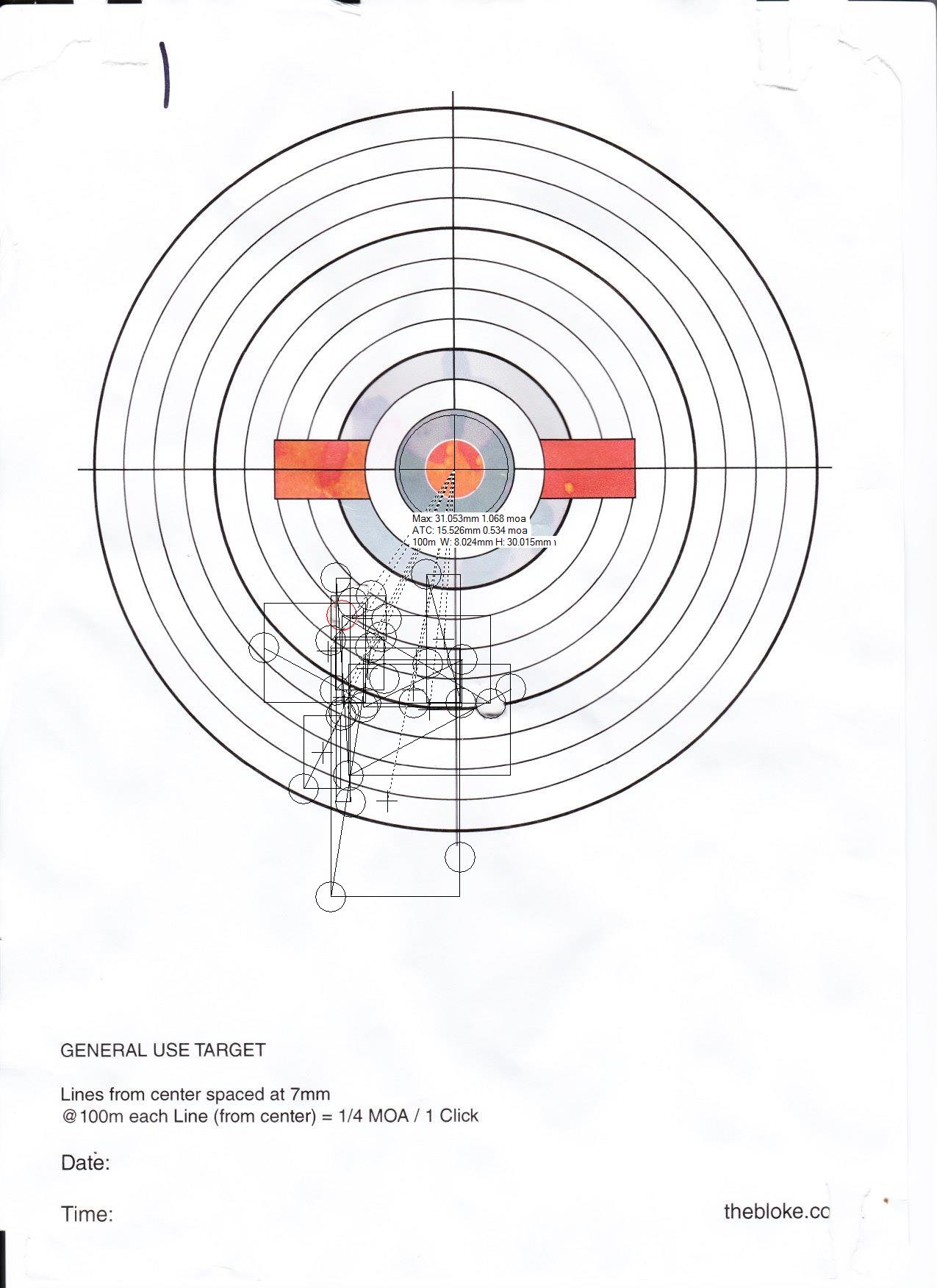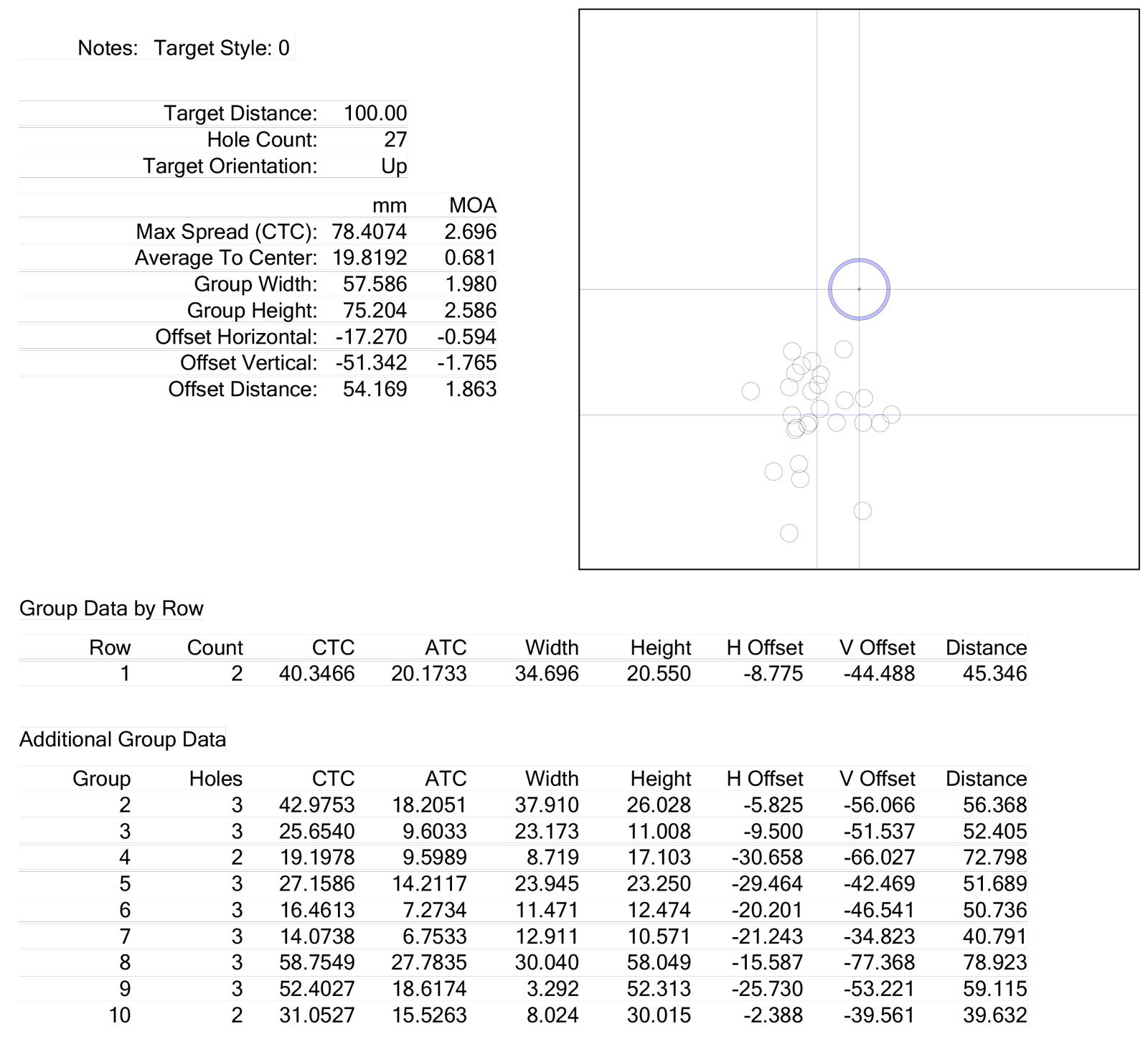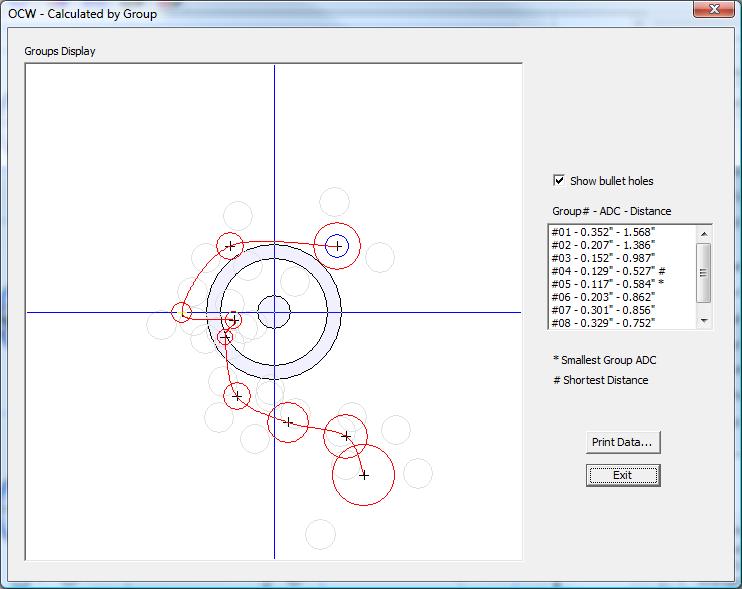A moment of inattention, a lifetime of damage.
I was filming at the Kaipara Long Range shoot. Great day, got to watch a lot of good shooting. At the end of the day, Christian (the organiser) asked if I would be interested in shooting off a couple of rounds on his M10. Having observed a lot of shooting and not having done any of my own and being presented to shoot a very, very nice rifle set-up, I jumped at the opportunity. Got myself down behind the rifle, confirmed it was dialed in and ready to go, loaded one of the sizable .338 Lapua rounds into the chamber, took a couple of deep breathes, slowly applied backwards pressure on the silky smooth double stage trigger and promptly shat myself.
More correctly, I let of a round with my cans1 still sitting up on either side of my head. The muzzle brakes massive shock wave hit me, instantly driving me into the muffled deafness, punctuated by a loud ringing. I knew there were people behind me reacting as they had realised what I had just done, but it seriously took a terrifying long time before I could make sense of what they were saying.
To put this in context – conversational speech is considered around 65db in it’s sound level. A .338 with a muzzle break is closer to 170db. That’s louder than a jet engine. Not smart.
So. In the knowledge that what I had done to myself was at some level permanent, I booked in to see Thomas at Acoustix the next week in order to sort myself some new earplugs. This wasn’t the first time I had visited Thomas, in fact, it was the third – I had previously seen him for some custom moulded earplugs that I had used while working as a sound engineer in nightclubs, as well as for riding around on the motorbike with. When I got into shooting, I got another pair with a filter profile (how the earplugs cut down on sound) more suited to shooting. I had lost one of them around a month ago and this incident was enough to forcibly remind me why I liked to have earplugs over earmuffs – but more on that in part two of this series.
Permanent Damage
It makes me cringe the way some people just seem happy to ‘shrug off’ damage to their hearing. I am not sure if it is arrogance or just ego that causes people to let it happen in the first place, but even worse, do nothing about it once it is identified.
Let’s make this clear – even that occasional ‘one-shot’ that you take without hearing protection on is causing serious, permanent damage to your hearing. It’s just that our brains are quite good at masking the damage until it is so severe that we can’t ignore it anymore. At that point, it’s too late – you can’t bring it back and the only current option to do anything about it is by assisting the hearing with a hearing aid. Except, of course, many Kiwi Males (and it’s mostly the males) have too much pride/ego/stubbornness to admit they have a problem and do anything about it.
I would expect, since you are on this site, you already understand the need for hearing protection and why gunshots are so damaging – if not – here it is simply – guns are loud. Unless suppressed (and sometimes even while suppressed) – the pressure wave from a single shot is enough to cause damage to the fragile systems within the ear. Short, extremely loud noises can be just as damaging as the long exposure to moderately loud noises. It just happens faster!
Little hairs on the inner air, called stereocilia are fragile little things. Certainly, flattening them with a sound wave is not the best idea in the world.
Talking with the experts.
I have talked to Thomas at Acoustix Hearing Technologies, in fact, this will be my third pair of custom earplugs sourced through him. Despite doing something this stupid to my ears, I am, generally, very wary and protective of my hearing. In a previous role, I ran a mastering studio – essentially the last point of call in quality control for audio records before the final release. It was my job to listen, tweak and approve recordings before people put them out for public consumption.
As the same time I was also looking after sound systems for clubs in town. This meant that I was subjecting my ears, essentially my ‘source of income’ to large noise exposure on a weekly basis. I knew if I didn’t look after them, I would be doing them damage and cutting my career very short. So, I met Thomas and got him to make me some custom moulded earplugs. Which will be the subject of the third part of this series.

earmuffs, hearing protection ↩

